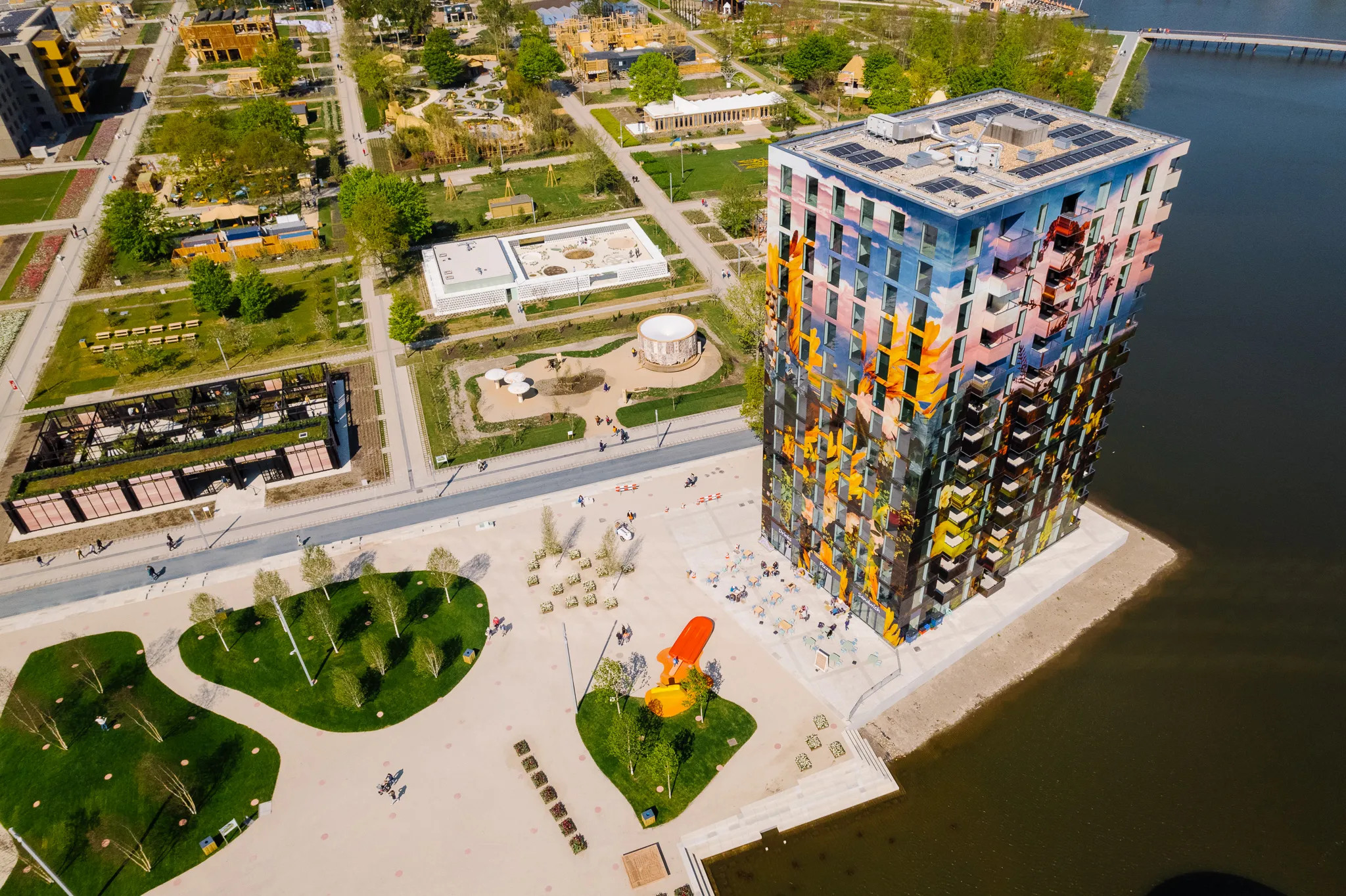Taking up space
Architecture, Performance Art and the Ethos of Encounter
DOI:
https://doi.org/10.58519/aesthinv.v6i1.14950Keywords:
architecture, space, place, encounters, performance art, ethicsAbstract
One of the many innovations with which performance art can be credited is its revolutionary approach to space-making and inhabitation. Its reanimation of objects, events and bodies takes up space as a material presence, which incidentally engenders a conceptual problem. Philosophical aesthetics has had a lot to say about our relationship with the built form, but this work has not been brought to bear on performance art and the ways this artform complicates such relationships. This paper addresses this void by exploring two dimensions of what architect Daniel Libeskind has called ‘the space of encounter’—the physical and the ethical.
References
Archer, Michael. 1997. Art since 1960. London: Thames & Hudson.
Arendt, Hannah. 1962. The Origins of Totalitarianism. New York: Meridian Books.
Arendt, Hannah. 1998. The Human Condition. Chicago: University of Chicago Press.
Ascoli, Angela. 2018. Public Space: Henry Lefebvre and Beyond. Milan: Mimesis International.
Carroll, Noël. 2015. “Architecture and Ethics: Autonomy, Architecture, Art.” Architecture Philosophy 1 (2): 139–156.
Casey, Edward S. 1997. “How to Get from Space to Place in a Relatively Short Time.” In Senses of Place, edited by S. Feld and K. Basso, 13–52. Santa Fe: School of American Research Press.
Doyle, Angela. 2013. Hold It Against Me. Durham: Duke University Press.
Goldberg, RoseLee. 1984. “Performance Art: The Golden Years.” In The Art of Performance: A Critical Anthology, edited by Gregory Battcock and Robert Nickas, 44–55. New York: E.P. Dutton.
Harries, Karsten. 1984. “Space, Place, and Ethos: Reflection on the Ethical Function of Architecture.” Artibus et Historiae 5 (9): 159–165.
Heidegger, Martin. 1971. Poetry, Language, Thought. Translated by Albert Hofstadter. New York: Harper Colophon Books.
Howarth, Dan. 2017. “Chicago Biennial Promotes Performance Art as ‘A Medium of Growing Concern’ for Architects”. Dezeen (see URLs).
Kaprow, Alan. 2003. Essays on the Blurring of Art and Life. Edited by Jeff Kelley. Los Angeles: University of California Press.
Koolhaas, Rem. 2004. Content. Cologne: Taschen.
Löw, Martina. 2016. The Sociology of Space: Materiality, Social Structures, and Action. Translated by Donald Goodwin. New York: Palgrave
Macmillan.
Mattens, Filip. 2011. “The Aesthetics of Space: Modern Architecture and Photography.” The Journal of Aesthetics and Art Criticism 69 (1): 105–114.
Rendell, Jane. 2007. Art and Architecture: The Space Between. London: L.B. Tauris and Co Ltd.
Schmarsow, August. 1994. “The Essence of Architectural Creation.” In Empathy, Form, and Space, edited by Elefterios Ikonomou and Harry Francis Mallgrave, 281–297. Santa Monica: Getty Center for the History of Art and the Humanities.
Schmidt, Theron. 2019. Agency: A Partial History of Live Art. London: Intellect.
Zeiger, Mimi. 2018. “Architecture Embraces Performance Art (Again)”. Architect Magazine (see URLs).
Downloads
Published
Issue
Section
License
Copyright (c) 2023 Rossen Ventzislavov

This work is licensed under a Creative Commons Attribution 4.0 International License.
Authors who publish with this journal agree to the following terms:
Authors retain copyright and grant the journal right of first publication with the work simultaneously licensed under a Creative Commons Attribution License that allows others to share the work with an acknowledgement of the work's authorship and initial publication in this journal. Note: up to volume 4 issue 1, an incorrect copyright line appears in the PDFs of the articles.
Authors are able to enter into separate, additional contractual arrangements for the non-exclusive distribution of the journal's published version of the work (e.g., post it to an institutional repository or publish it in a book), with an acknowledgement of its initial publication in this journal.
Authors are permitted and encouraged to post their work online (e.g., in institutional repositories or on their website) prior to and during the submission process, as it can lead to productive exchanges, as well as earlier and greater citation of published work (See The Effect of Open Access).






